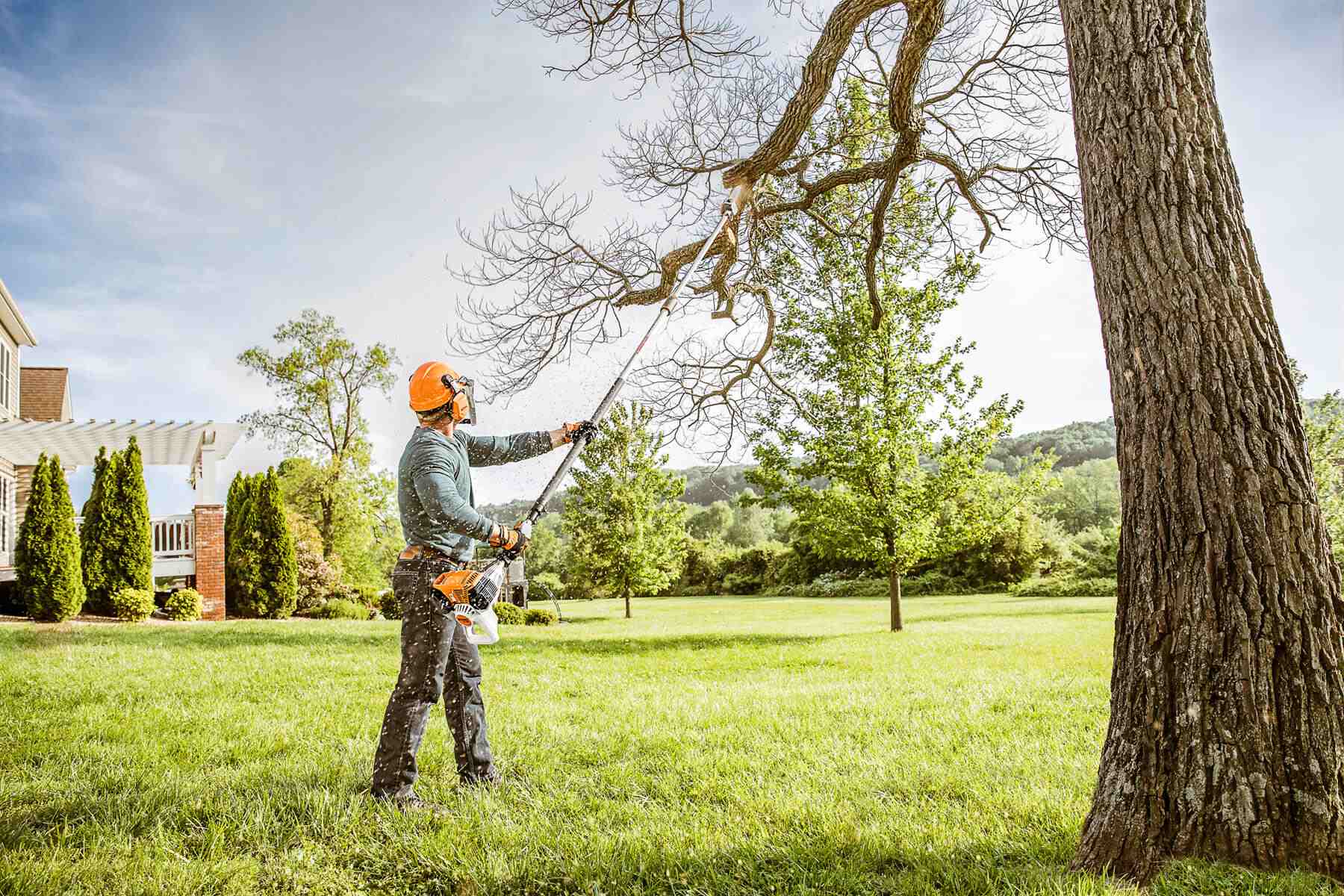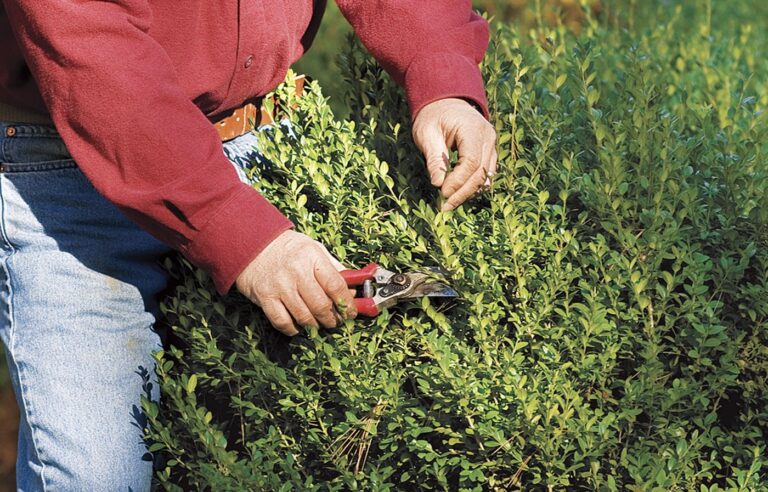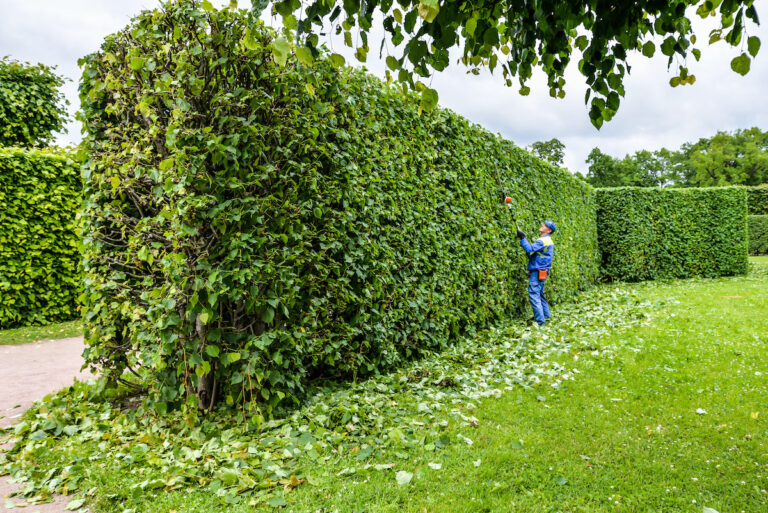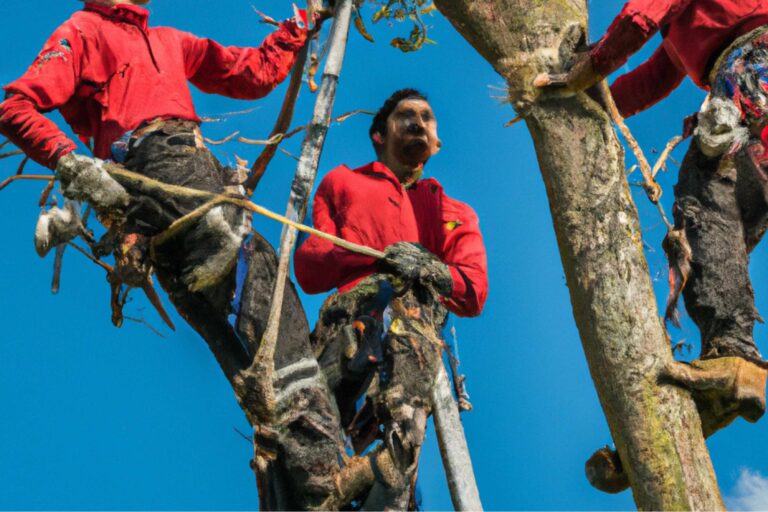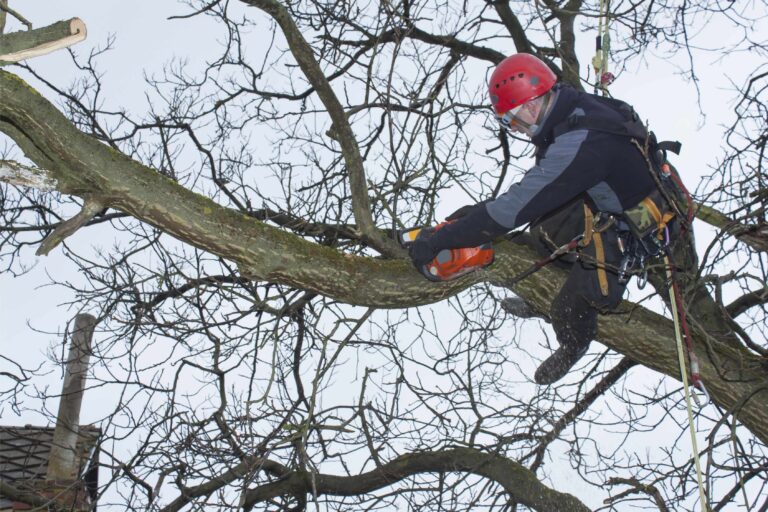Seasons of Pruning: A Guide to Timely and Effective Tree Maintenance
Pruning is an essential aspect of tree maintenance that should not be overlooked. By understanding the importance of pruning, the science behind it, and the different seasons for effective pruning, you can ensure the health and beauty of your trees for years to come.
In this comprehensive guide, we will explore the various aspects of pruning and provide useful tips and techniques and tree pruning cost to help you achieve timely and effective tree maintenance. So grab your pruning tools and let’s get started!
Understanding the Importance of Pruning
Pruning plays a vital role in maintaining the health and longevity of your trees. It involves selectively removing branches or stems to improve the overall structure, appearance, and safety of the tree. Trees that receive regular pruning tend to have better resistance to diseases and pests, as well as improved air circulation and light penetration.
Pruning is not just a simple task of cutting off branches. It requires knowledge and skill to make precise cuts that promote the tree’s health and growth. When done correctly, pruning can have numerous benefits for both the tree and its surrounding environment.
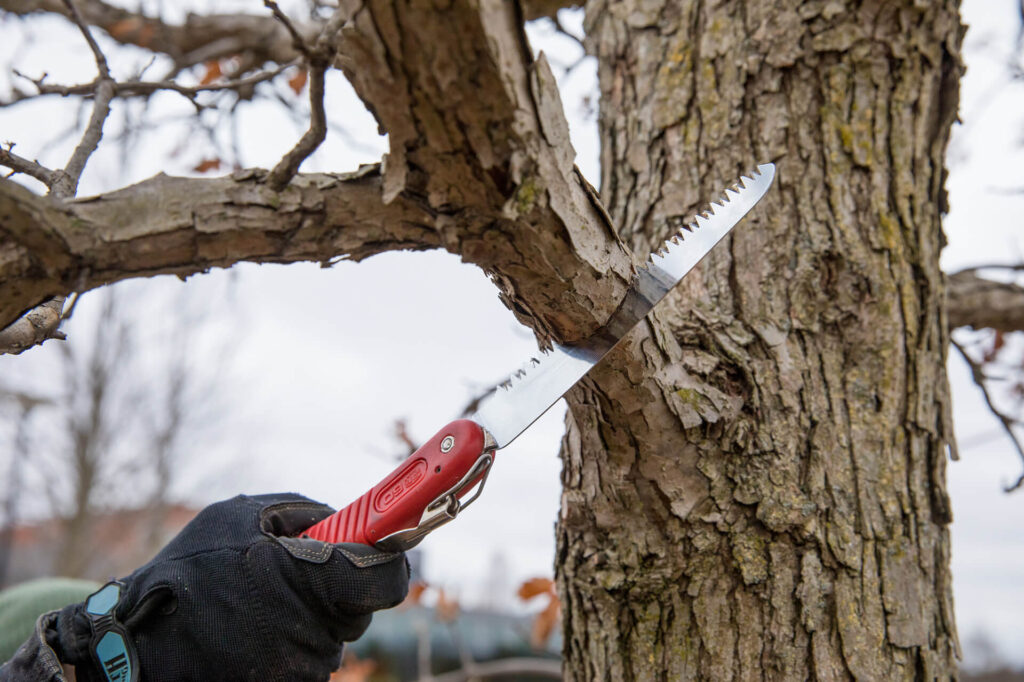
The Role of Pruning in Tree Health
Pruning plays a crucial role in maintaining a tree’s health. By removing dead, damaged, or diseased branches, you can prevent the spread of infections and encourage new growth. This is particularly important for trees that have been affected by pests or diseases, as pruning can help eliminate the affected areas and promote the tree’s recovery.
Furthermore, pruning helps to improve air circulation within the canopy, reducing the risk of fungal diseases and promoting overall tree vigor. When a tree’s canopy becomes dense and overcrowded, it creates a favorable environment for fungal pathogens to thrive. By selectively removing branches, pruning allows for better air movement, which dries out moisture and prevents the growth of harmful fungi.
Pruning also helps to maintain a balanced canopy, ensuring that the tree’s energy is distributed evenly among its branches. This prevents the tree from becoming top-heavy or lopsided, reducing the risk of branch failure during storms or strong winds.
Pruning for Aesthetic Purposes
Pruning also serves aesthetic purposes, enhancing the visual appeal of your trees and landscape. By selectively pruning branches, you can shape the tree’s structure, create balance, and highlight its natural features. Proper pruning can transform an unruly tree into a work of art, adding value and beauty to your property.
When pruning for aesthetic purposes, it is important to consider the tree’s natural form and growth habit. Each tree species has its own unique characteristics, and pruning should be done in a way that respects and enhances these features. For example, some trees have a graceful, weeping habit, while others have a more upright and symmetrical form. By understanding the natural growth patterns of different tree species, you can prune in a way that enhances their inherent beauty.
In addition to shaping the tree’s structure, pruning can also create opportunities for other plants to thrive. By selectively thinning out branches, you can allow more sunlight to reach the ground, promoting the growth of understory plants. This can create a more diverse and vibrant ecosystem within your landscape.
Overall, pruning is an essential practice for maintaining the health and aesthetics of your trees. Whether you are pruning for health reasons or to enhance the visual appeal of your landscape, it is important to approach pruning with care and knowledge. By understanding the importance of pruning and its various benefits, you can ensure that your trees thrive for years to come.
The Science Behind Pruning
Pruning is not just a random act of cutting branches. It involves careful consideration of how pruning affects tree growth and the healing process afterward.
Pruning is an essential practice in arboriculture that goes beyond simply removing branches. It is a science that requires a deep understanding of tree biology and growth patterns. By strategically cutting branches, arborists can shape trees, promote healthy growth, and enhance their overall structure.
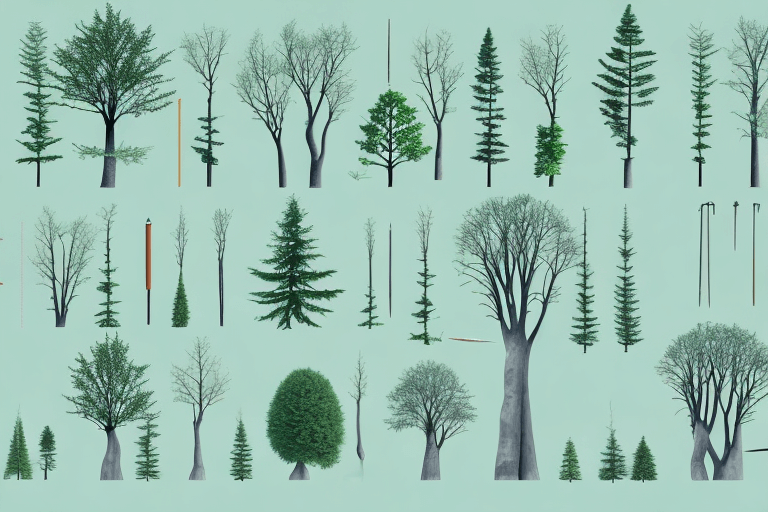
How Pruning Affects Tree Growth
Pruning affects tree growth by redirecting the tree’s resources to specific areas. When certain branches are removed, the tree’s energy is no longer wasted on supporting those limbs. Instead, it can be channeled into other parts of the tree, stimulating new growth in desired directions.
For instance, when shaping a young tree, selective pruning can encourage a more balanced and symmetrical form. By removing branches that compete for resources, the tree can allocate its energy to develop a strong central leader and well-spaced lateral branches.
Furthermore, pruning can also influence the distribution of foliage and the amount of sunlight that reaches different parts of the tree. By selectively thinning the canopy, arborists can improve air circulation, reduce the risk of disease, and promote the growth of lower branches.
The Healing Process After Pruning
After pruning, trees undergo a healing process to close the wounds left by the removed branches. It is crucial to understand this process to minimize the risk of infections and ensure proper healing.
Trees possess remarkable defense mechanisms that aid in the healing process. When a branch is pruned, the tree activates its natural response to seal off the wound and prevent the entry of pathogens. The tree forms a specialized layer of cells, known as callus tissue, which gradually covers the wound, protecting it from external threats.
However, the healing process can be influenced by various factors. Pruning during times of stress, such as drought or extreme temperatures, can hinder the tree’s ability to heal effectively. It is important to time pruning operations when the tree is in a state of optimal health and vigor.
Additionally, employing proper pruning techniques is crucial for the tree’s recovery. Clean cuts, made just outside the branch collar, promote faster healing and reduce the risk of complications. Improper cuts, on the other hand, can create larger wounds that take longer to heal and increase the susceptibility to diseases.
Providing the tree with the necessary care and attention after pruning is also essential. Applying a protective pruning sealant or dressing is a common practice that can help prevent infections and expedite the healing process.
In conclusion, pruning is not a haphazard act but a scientific approach to tree care. By understanding how pruning affects tree growth and the healing process afterward, arborists can promote healthy and thriving trees that enhance the beauty and functionality of our landscapes.
Pruning in Different Seasons
The timing of pruning can greatly impact tree health and growth. Different seasons have their advantages and disadvantages when it comes to pruning. Understanding the pros and cons of pruning in each season can help you make informed decisions for the well-being of your trees.
Spring Pruning: Pros and Cons
Spring pruning is popular among gardeners as it allows for a fresh start for the tree. It stimulates new growth and can help shape the tree for the coming season. The increased sunlight and warmer temperatures during spring encourage the tree to produce new leaves and branches, making it an ideal time for pruning. However, pruning during spring may also leave the tree vulnerable to certain diseases and pests that are active during this time.
When pruning in spring, it is important to consider the specific needs of the tree species. Some trees, like fruit trees, benefit from early spring pruning to maximize fruit production. On the other hand, certain flowering trees should be pruned after they have finished blooming to avoid cutting off potential flower buds.
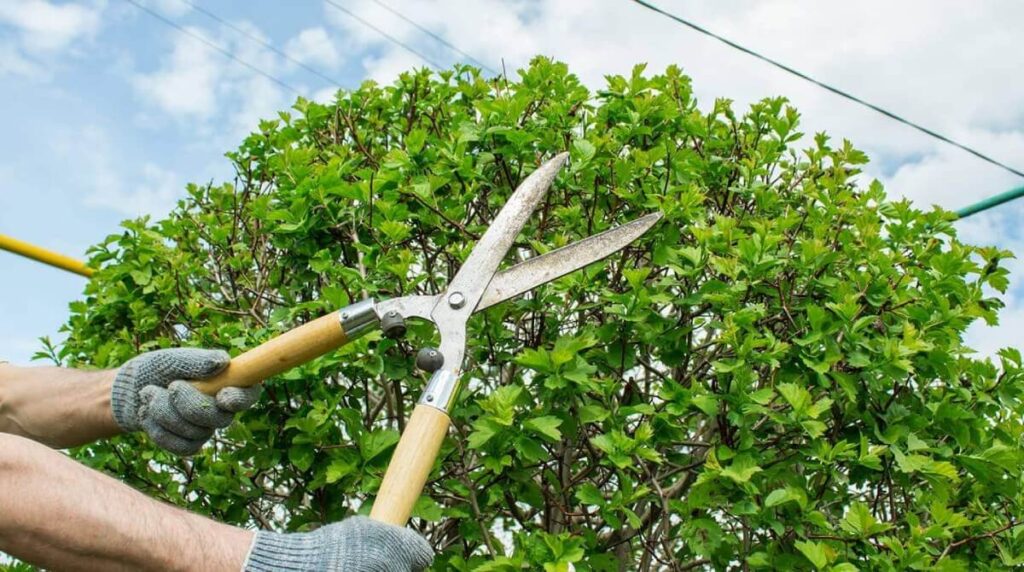
Summer Pruning: Pros and Cons
Summer pruning is ideal for addressing immediate tree maintenance needs. It allows for the removal of diseased or damaged branches and can improve air circulation within the canopy. Pruning during the summer months can also help control the size and shape of the tree, making it more manageable and aesthetically pleasing. However, pruning during the summer may stress the tree, especially in regions with hot and dry climates.
When pruning in summer, it is important to avoid removing too much foliage, as this can expose the tree to excessive sunlight and heat. It is recommended to prune in the early morning or late afternoon when the temperatures are cooler. Additionally, providing adequate water and mulch around the tree can help minimize stress and promote recovery after pruning.
Autumn Pruning: Pros and Cons
Autumn pruning presents an excellent opportunity to prepare your tree for the dormant season. It helps remove dead or weak branches before winter sets in and allows the tree to allocate resources for root development. Pruning in autumn can also enhance the tree’s overall structure and promote better air circulation, reducing the risk of fungal diseases. However, pruning during autumn may interfere with the tree’s natural process of shedding leaves and preparing for dormancy.
When pruning in autumn, it is important to avoid heavy pruning that can stimulate new growth. Instead, focus on removing any dead, diseased, or crossing branches. It is also advisable to wait until the tree has fully shed its leaves before pruning to ensure that it has entered dormancy.
Winter Pruning: Pros and Cons
Winter pruning is often recommended for deciduous trees when they are dormant. During this time, the tree is relatively inactive, making it easier to identify and remove branches. Pruning in winter allows for better visibility of the tree’s structure and can help shape it for the following growing season. However, extreme cold temperatures can potentially cause damage to freshly pruned branches, and it is important to prune before the tree starts to break dormancy in spring.
When pruning in winter, it is crucial to use proper pruning techniques and tools to minimize damage. Make clean cuts close to the branch collar and avoid leaving stubs. It is also important to remove any branches that pose a safety hazard, such as those hanging over structures or power lines.
In conclusion, each season offers unique benefits and challenges when it comes to pruning. By understanding the specific needs of your trees and considering the pros and cons of each season, you can make informed decisions to promote their health and vitality.
Tools and Techniques for Effective Pruning
While understanding the importance of pruning and the appropriate seasons is crucial, having the right tools and employing proper techniques is equally important for effective tree maintenance.
Essential Pruning Tools
To perform effective pruning, you will need a variety of tools, including bypass pruners, loppers, pruning saws, and pole pruners. Each tool serves a specific purpose and is designed for different branch sizes. Investing in high-quality tools and regularly maintaining them will ensure clean cuts and minimize the risk of injury.
Pruning Techniques for Healthy Trees
When pruning, it is essential to follow proper techniques to promote tree health and minimize stress. Some key techniques include making clean cuts just outside the branch collar, avoiding topping or excessive pruning, and removing any crossing or rubbing branches. By adhering to these techniques, you can improve the overall structure and health of your trees.
Common Pruning Mistakes to Avoid
While pruning is a valuable tree maintenance practice, it is crucial to avoid common mistakes that can harm your trees.
Over-pruning: Risks and Prevention
Over-pruning, also known as over-thinning, can weaken trees and make them more susceptible to disease and environmental stress. It is important to strike a balance between removing excess branches and preserving the tree’s overall health and structure. Regularly assessing the tree’s condition and consulting a professional arborist can help prevent over-pruning.
Incorrect Timing: Risks and Prevention
Pruning at the wrong time of the year can lead to negative consequences for your trees. Whether it is pruning during extreme temperature conditions or when the tree is in an active growth phase, improper timing can cause stress and potential damage. Understanding the specific requirements of your tree species and following recommended pruning schedules will help mitigate these risks.
By following this guide to timely and effective tree maintenance, you can ensure the well-being and longevity of your trees. Remember to always prioritize tree health, use proper tools and techniques, and avoid common pruning mistakes. With a little care and knowledge, you can enjoy the beauty and benefits that well-maintained trees bring to your landscape.
Related article: Environmental Benefits of Responsible Tree Removal Practices

